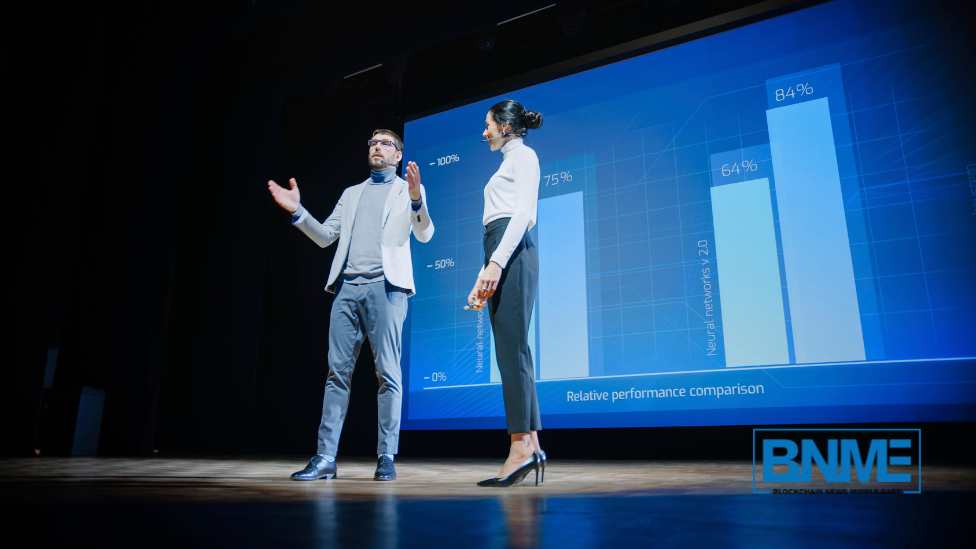Iran’s central bank is set to launch a pilot trial program for digital currency and digital rial. The goal of the project is to modernize and simplify domestic transactions and facilitate local micropayments and cashless transactions for banking customers.
Central Bank of Iran Digital Currency Trial Program
The Central Bank of Iran (CBI), also known as Bank Markazi, has initiated a public pilot program for the Iranian national digital currency. On June 18th, the CBI officially announced the launch of a trial program for the digital Rial. From June 21st, coinciding with the beginning of Tir, the digital currency will be accessible to banking clients and tourists visiting Kish Island.
Iran’s central bank announced that the pilot for the digital Rial is scheduled for July. This will allow banking customers and tourists on Kish Island to make purchases and transfer funds using digital wallets and QR codes. CBI stated that the digital Rial will enhance the resilience and efficiency of the region’s payment infrastructure, fostering “new business models, particularly in e-commerce and the digital economy.”
Since 2022, Iran’s central bank has been testing its digital currency in a limited pilot phase. The CBI claims that its state-controlled digital currency “not only increases payment security but is also much simpler than traditional card payment methods.”
Full Digitalization
Kish Island, the second largest island in the Persian Gulf, is a popular tourist destination with approximately 12 million visitors annually. It operates as a free trade zone, which means many nationalities do not require a visa to visit. As part of its efforts to expand the digital Rial pilot initiated in 2023, the Central Bank of Iran (CBI) aims to integrate digital currency into everyday transactions on Kish Island, enhancing payment options alongside cash and bank cards.
Unlike traditional electronic money, which requires bank accounts and interbank settlements, the digital Rial facilitates instant transfers through barcode scanning and specialized software. This approach aims to simplify payments and improve security compared to conventional card transactions, marking a significant step toward developing the local digital economy and enhancing domestic micropayment capabilities.
The Central Bank of Iran (CBI) emphasized the digital Rial’s role in strengthening the local payment infrastructure, revitalizing electronic currency use for small-scale transactions, and mitigating risks associated with private currencies. Currently, the digital Rial is restricted to Iran, highlighting its focus on domestic applications. Iran allows crypto trading but prohibits its use as a medium of exchange for goods and services. Since 2018, the country has regulated its local cryptocurrency mining sector.
Final Words
Iran plans to join the countries that created digital currencies. Iran’s digital Rial is only for domestic transactions.
Frequently Asked Questions
Does Iran have CBDC?
Yes, Iran has a CBDC.
What is Digital Rial?
Digital rial is a CBDC and a blockchain-supported digital version of Iran’s fiat currency.
What is Nobitex Iran?
Nobitex is an Iran-based cryptocurrency exchange for crypto trading using the Iranian Rial.
Is Digital Currency Real Money?
Yes, digital currency counts as real money.
Can Digital Currency be Converted to Cash?
Yes, digital currency can be converted to cash.
Can you make Money from Crypto?
Yes, you can make money from crypto.
Can Digital Currency be Tracked?
Yes, digital currencies can be tracked.




























